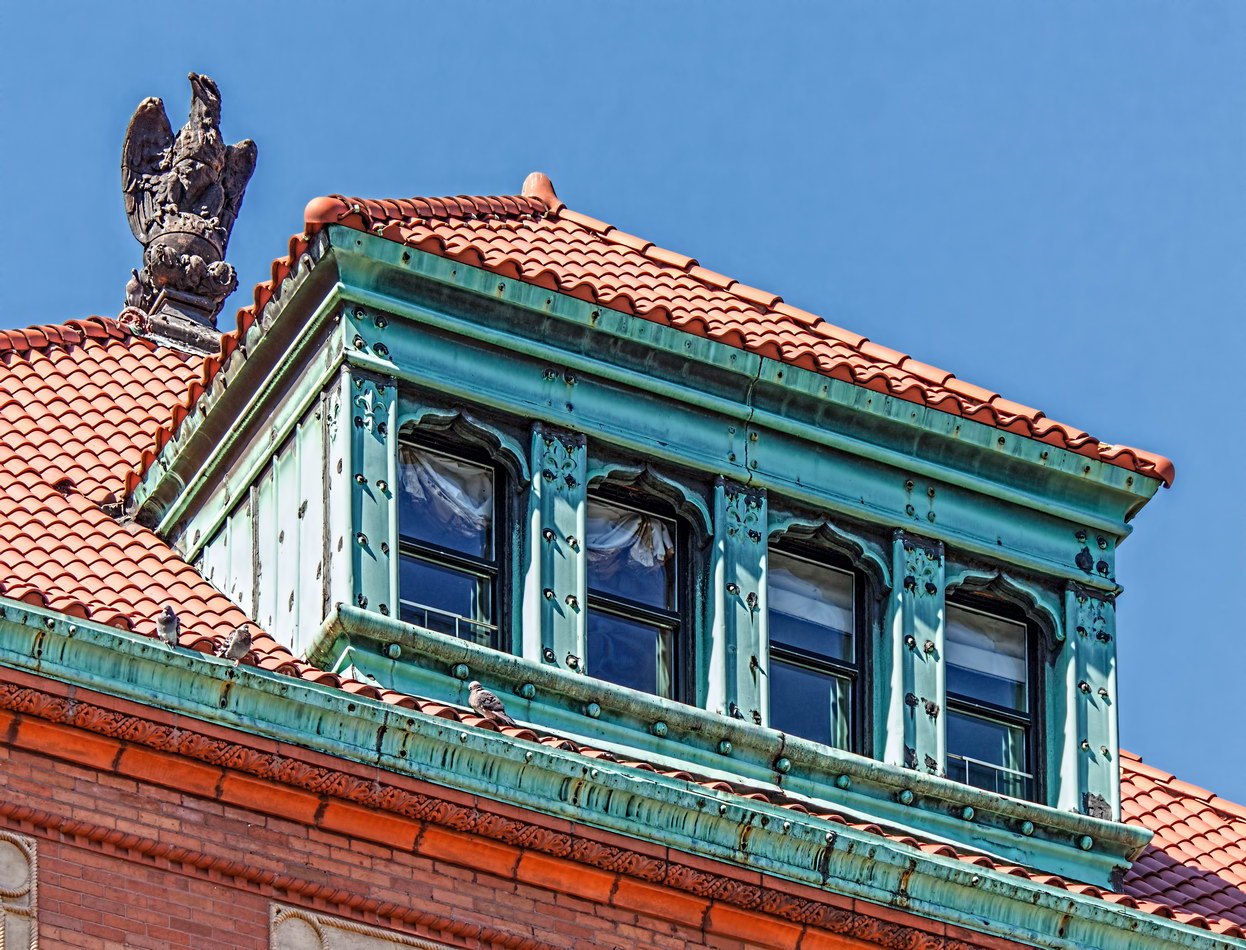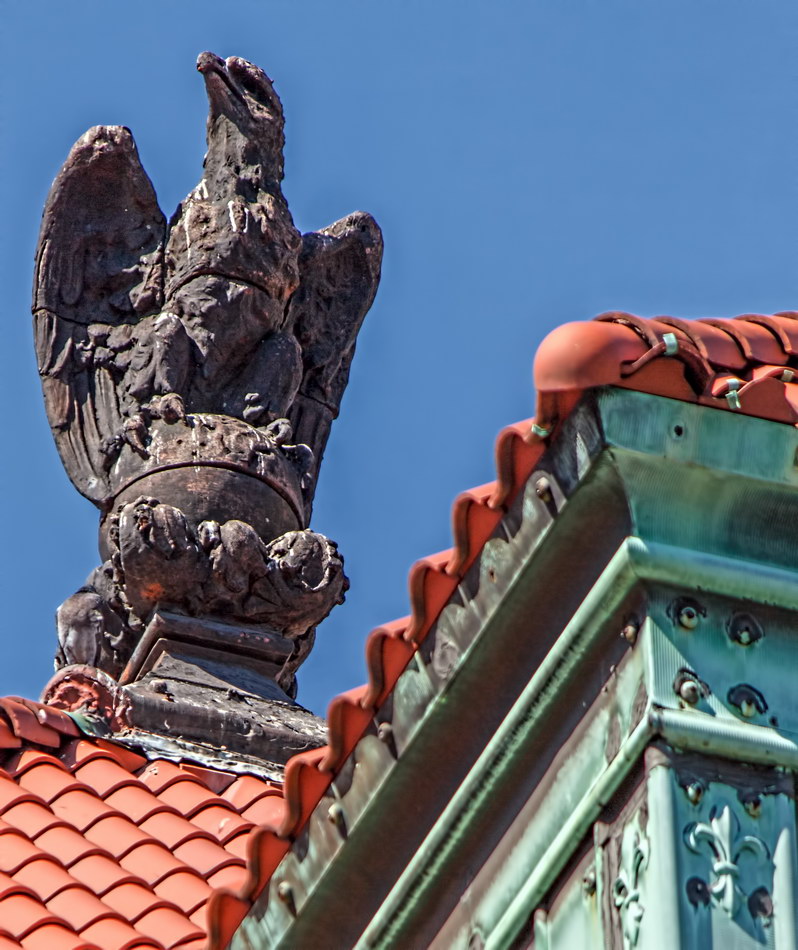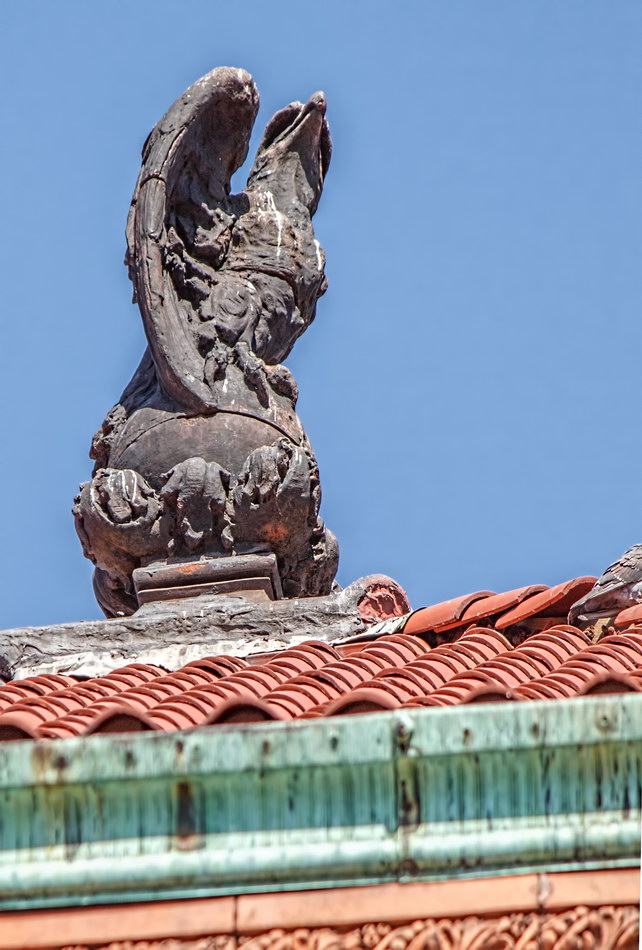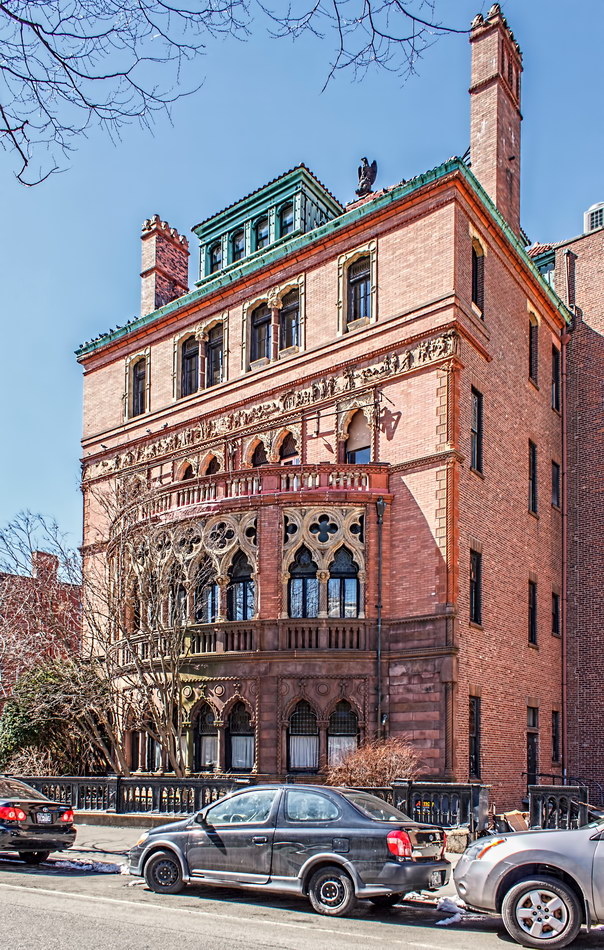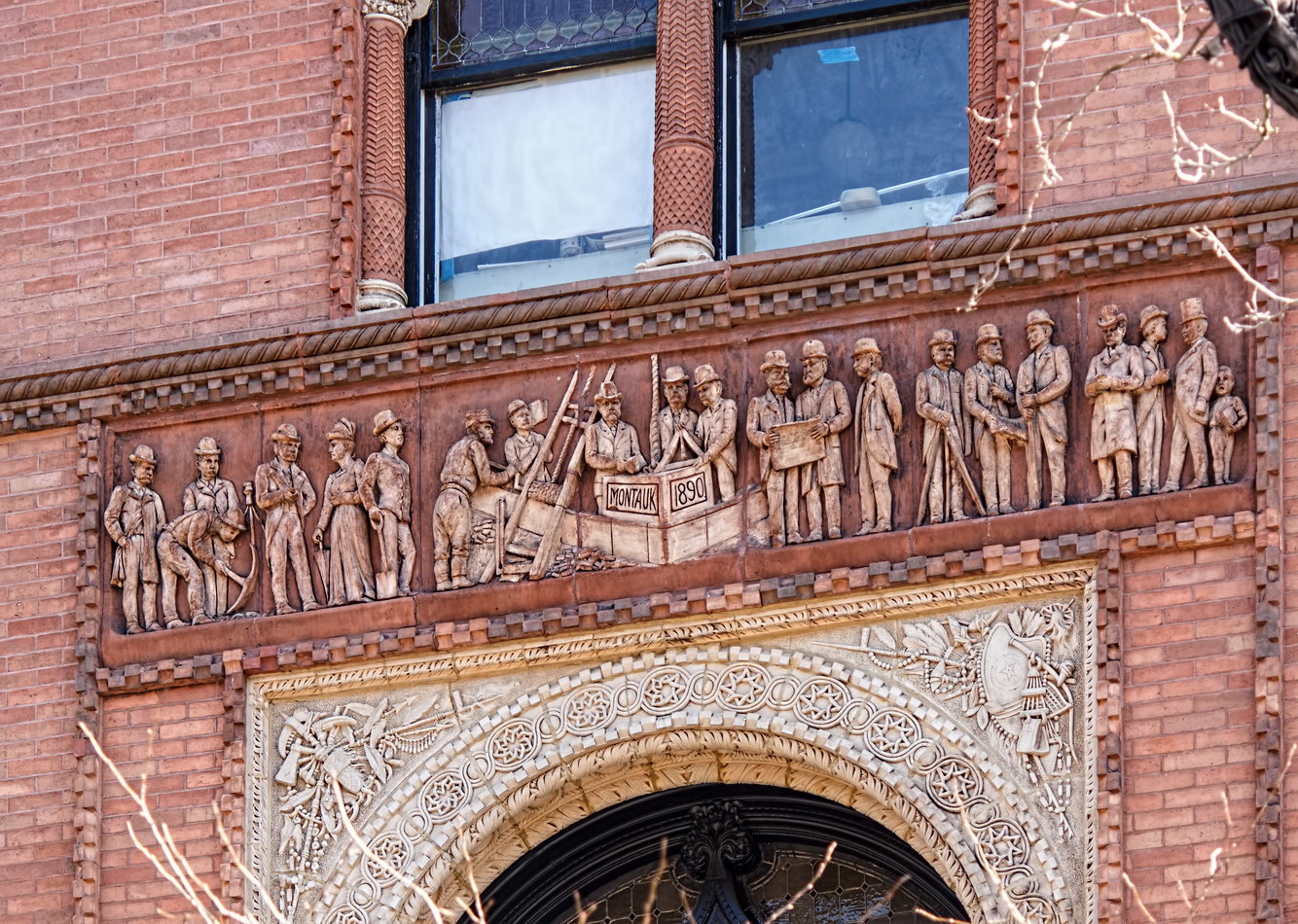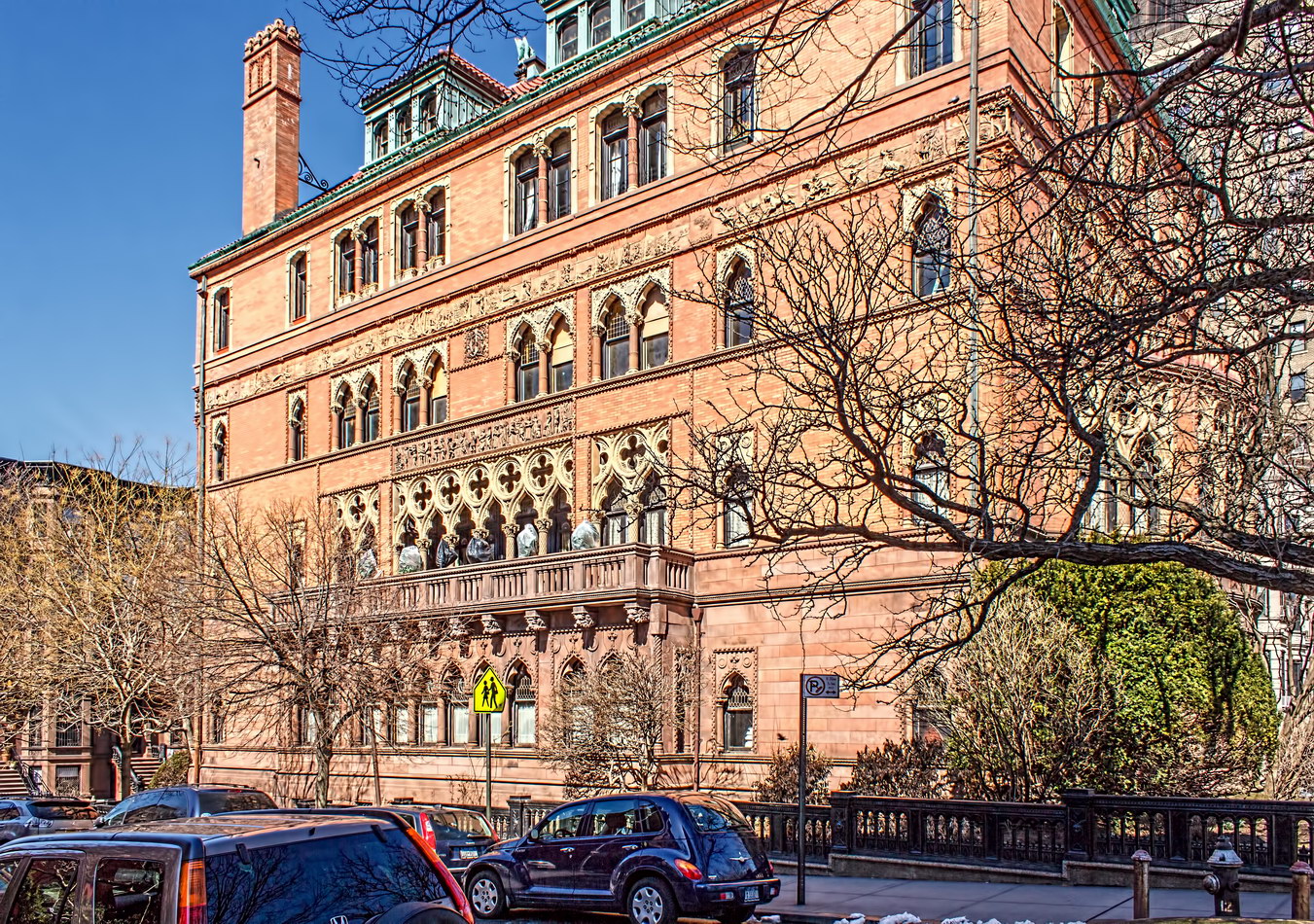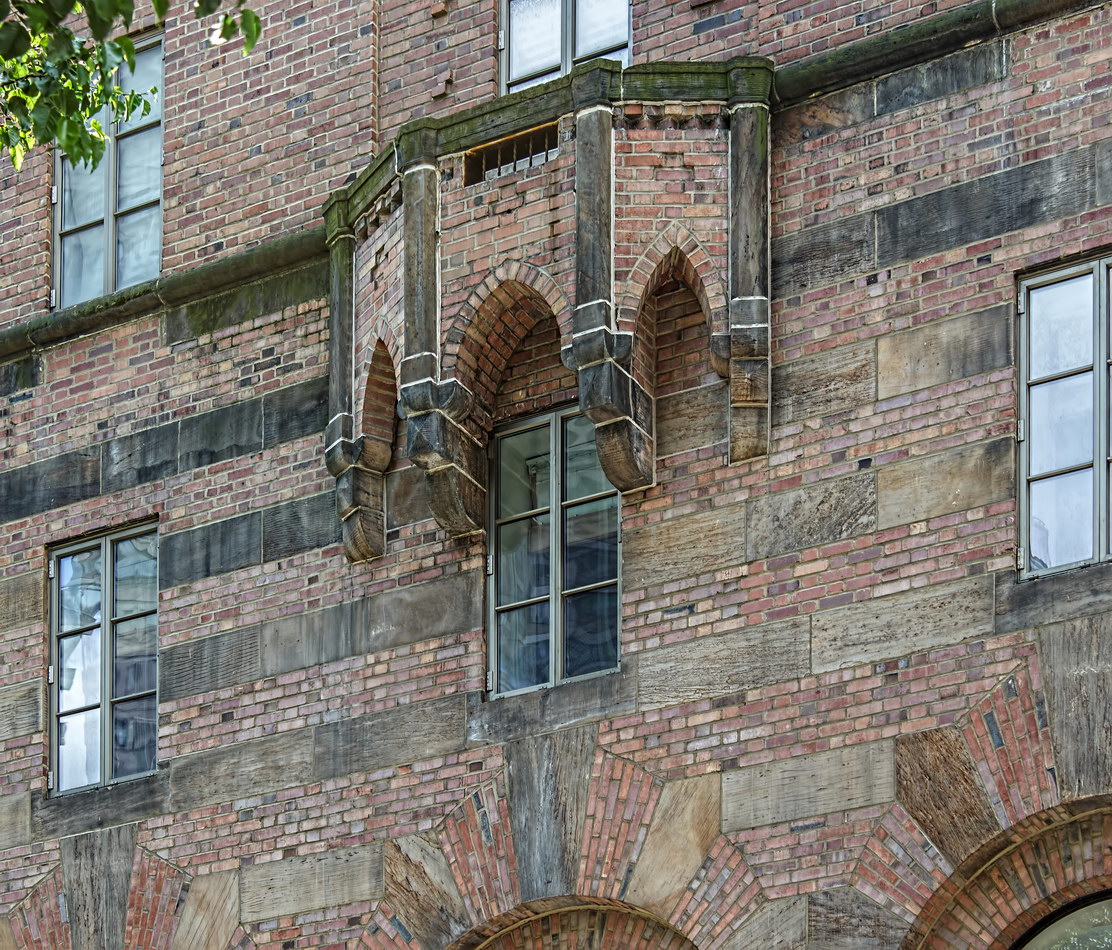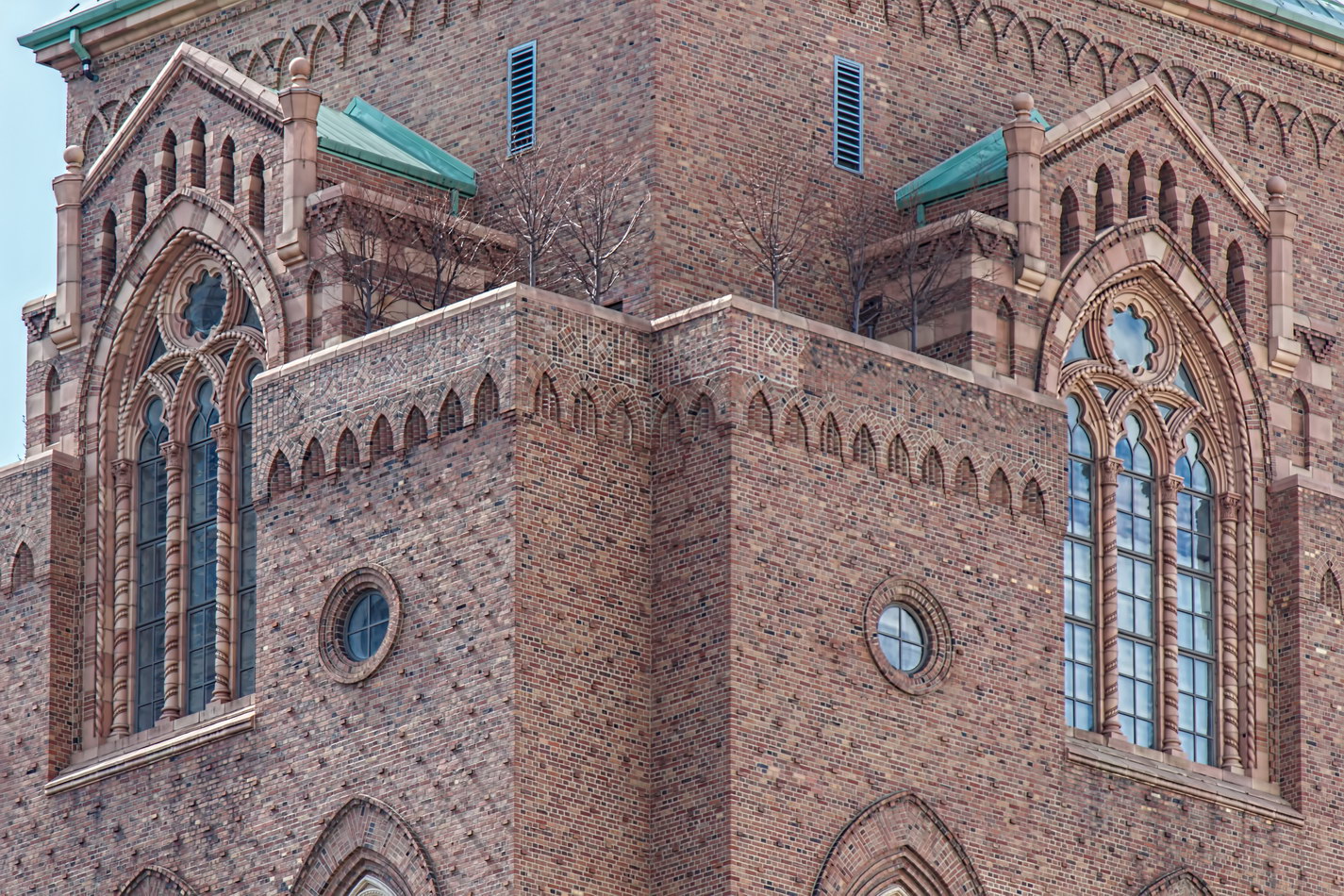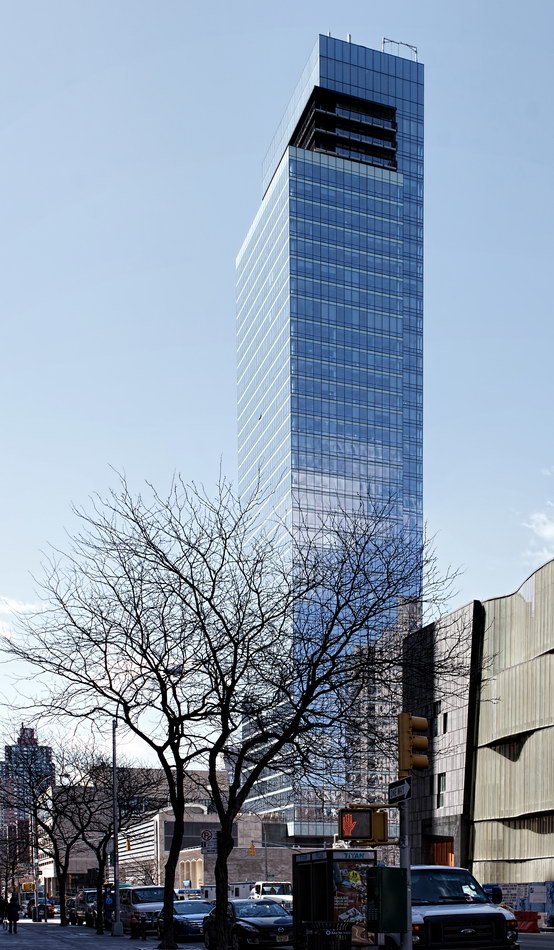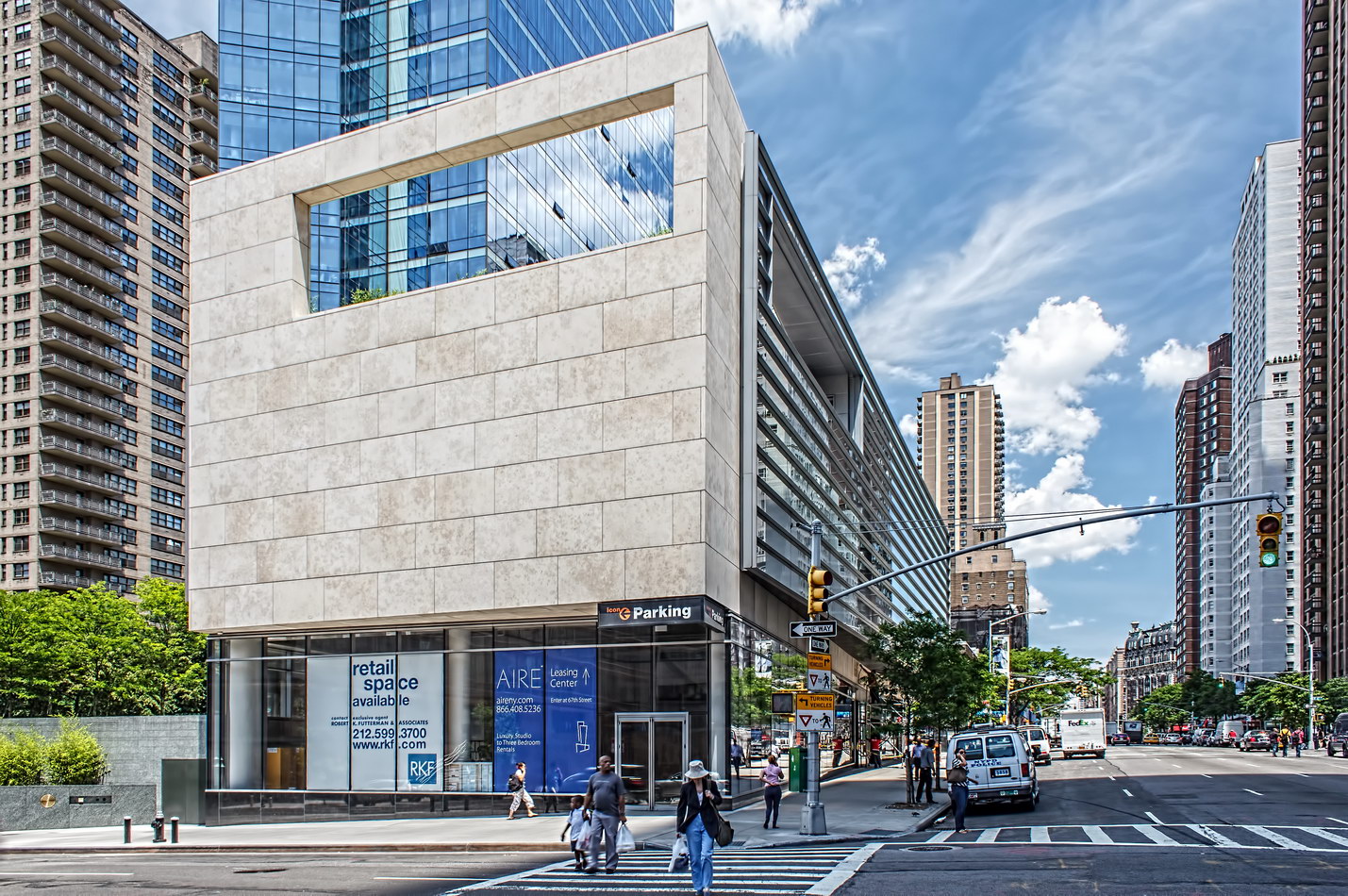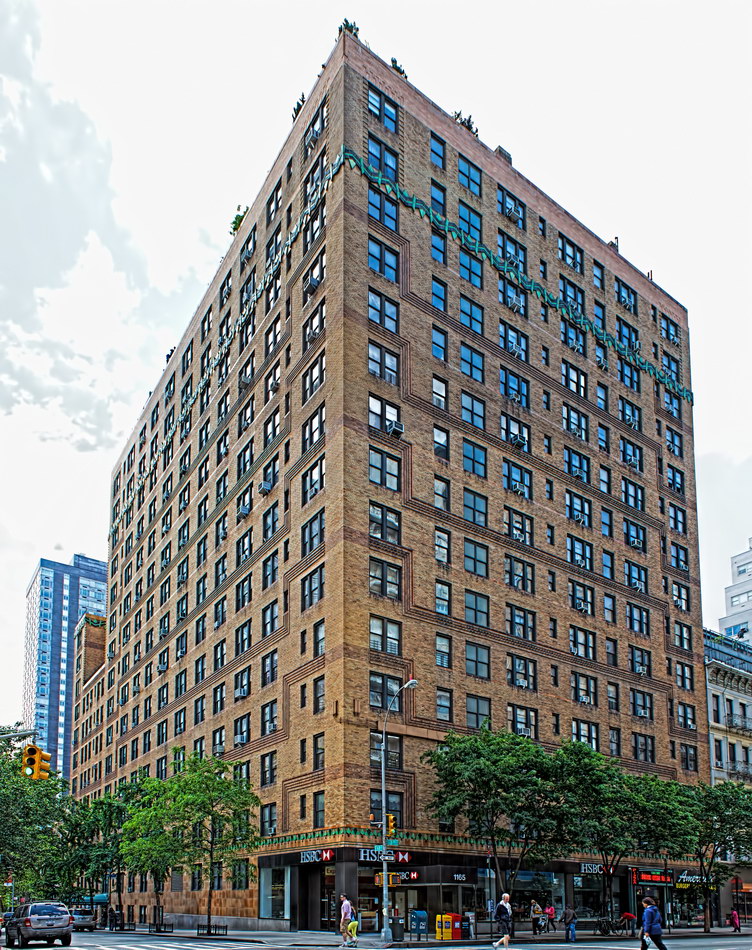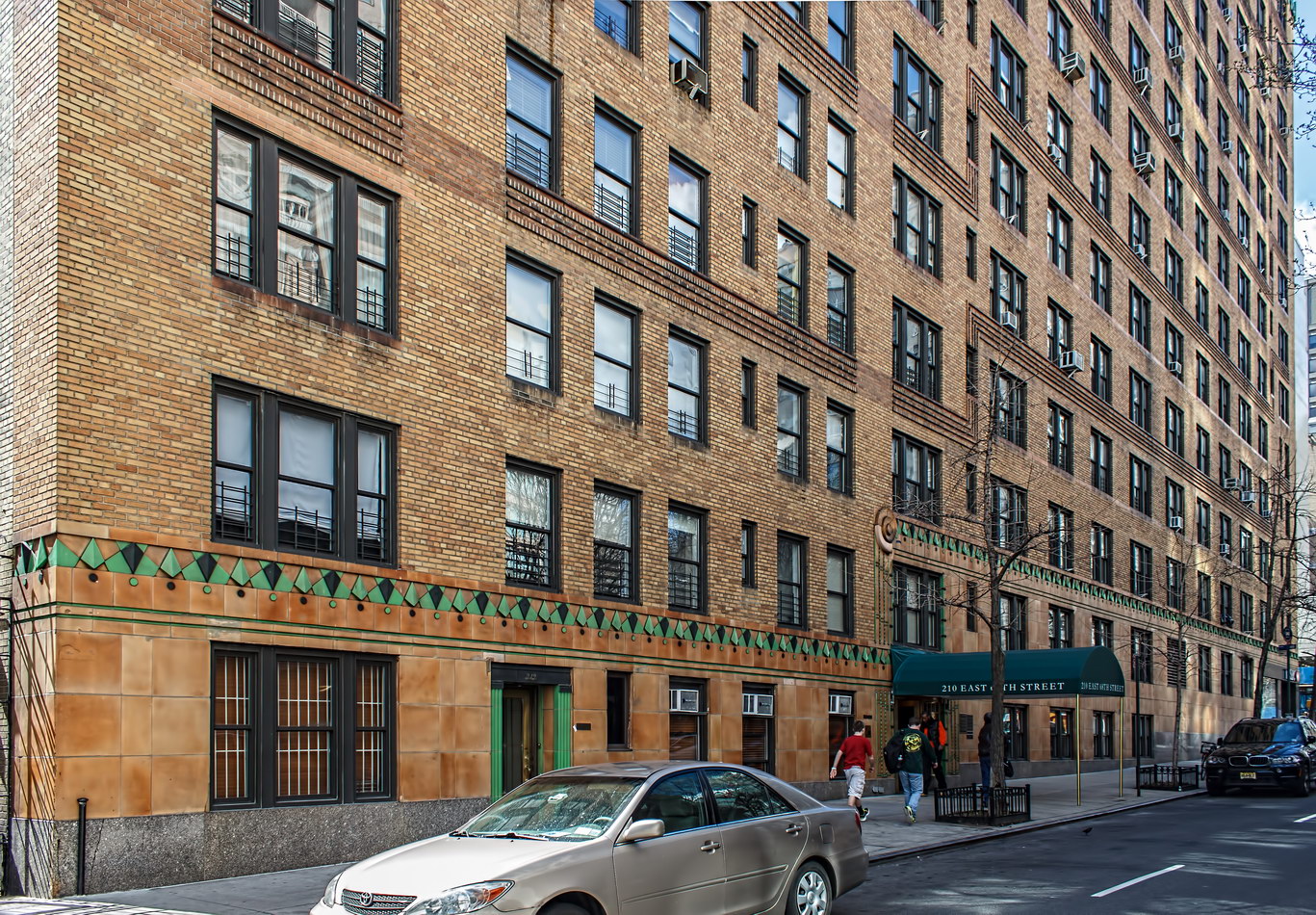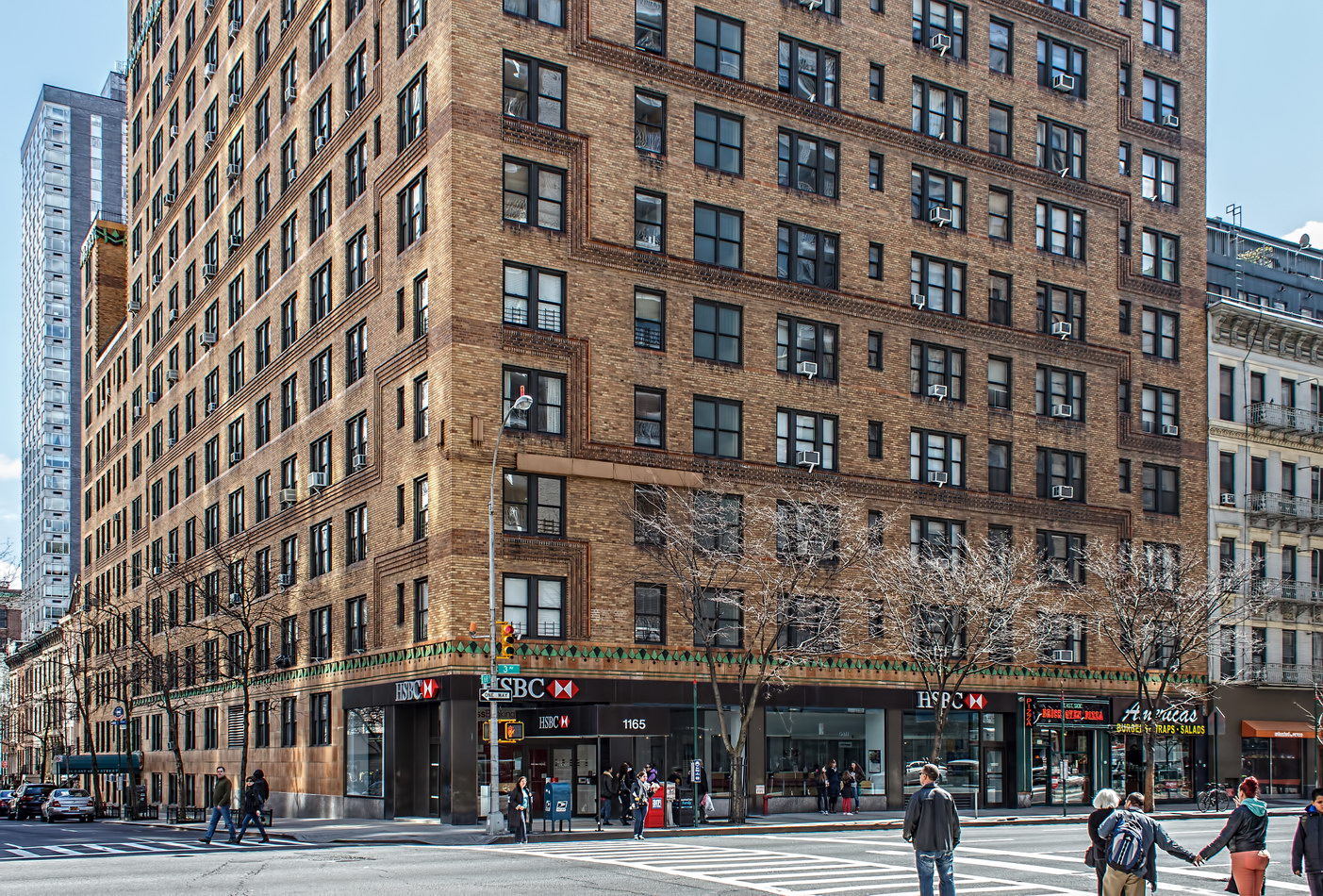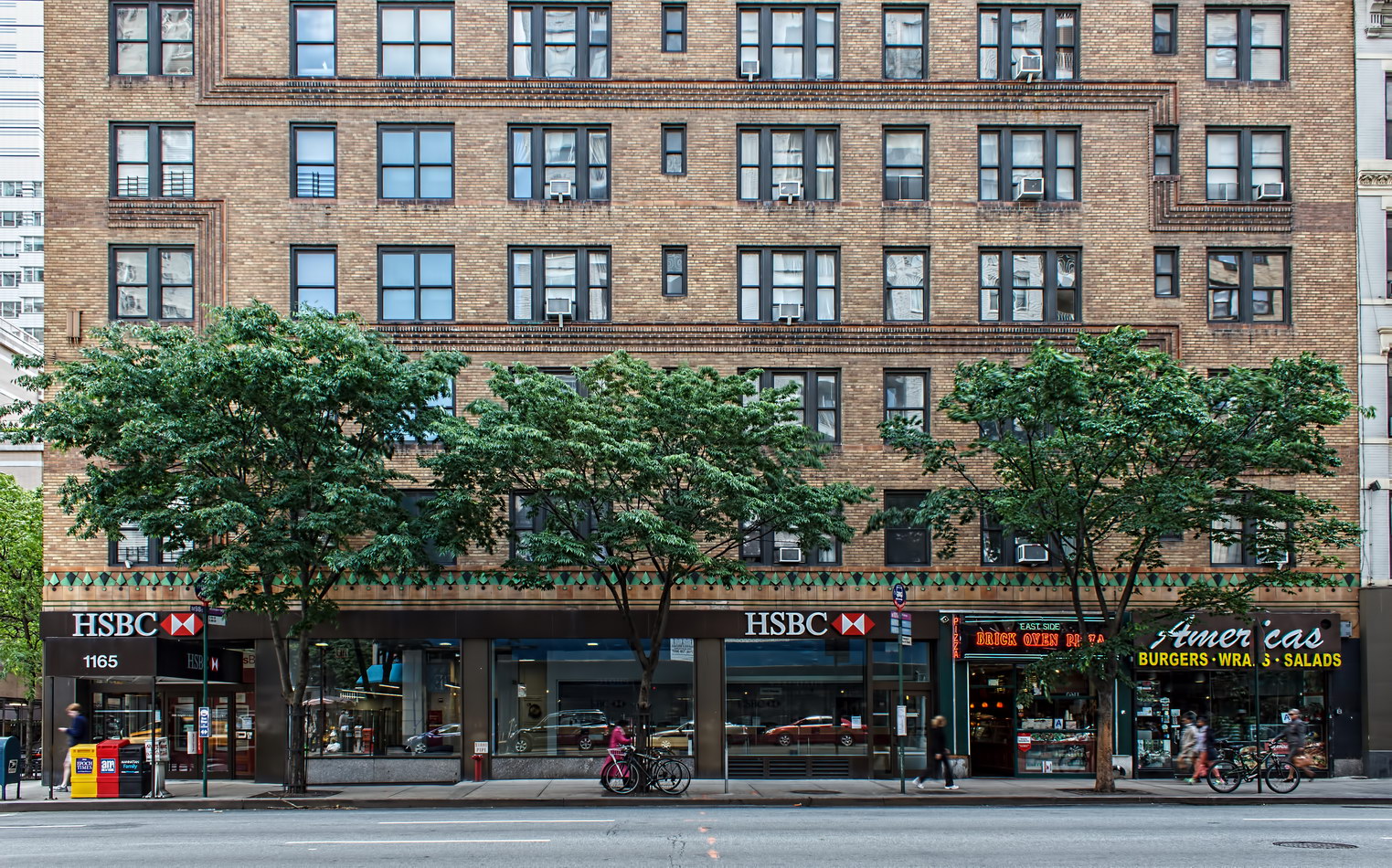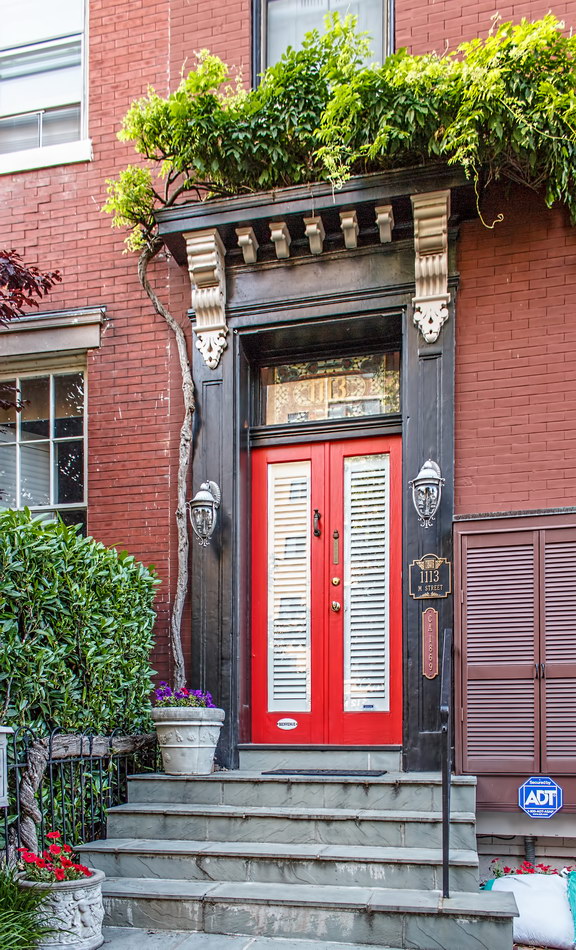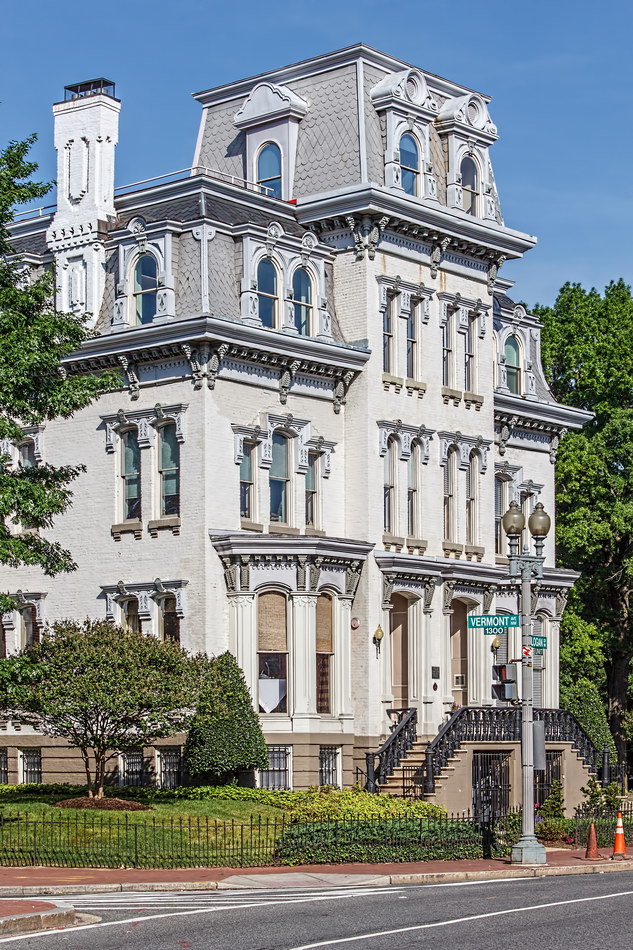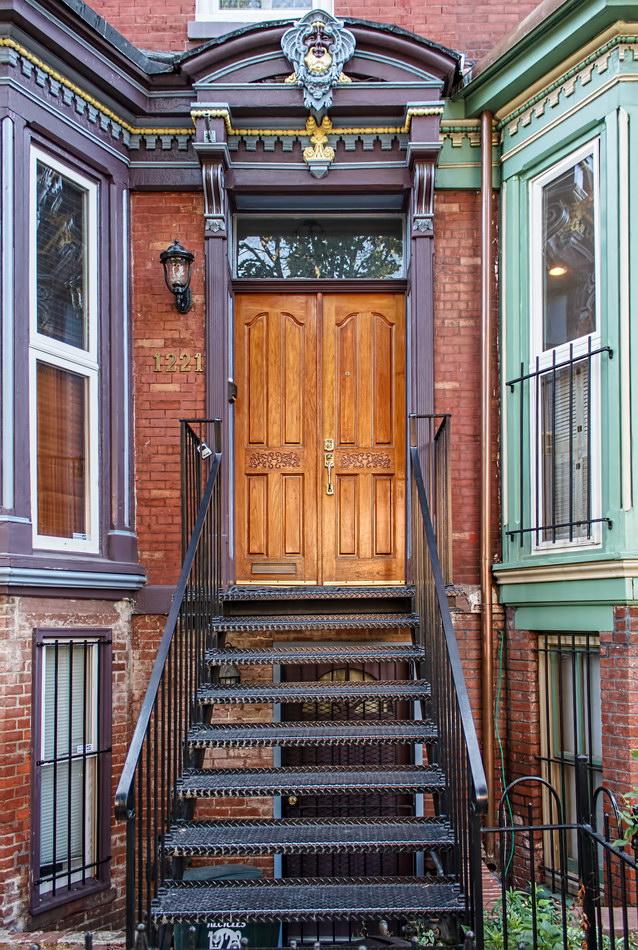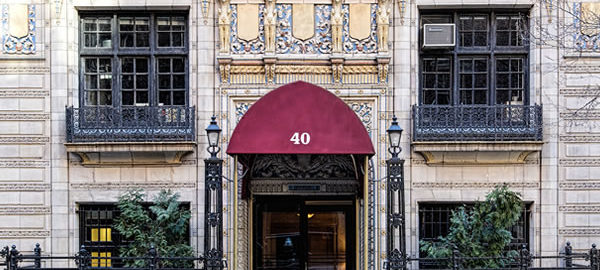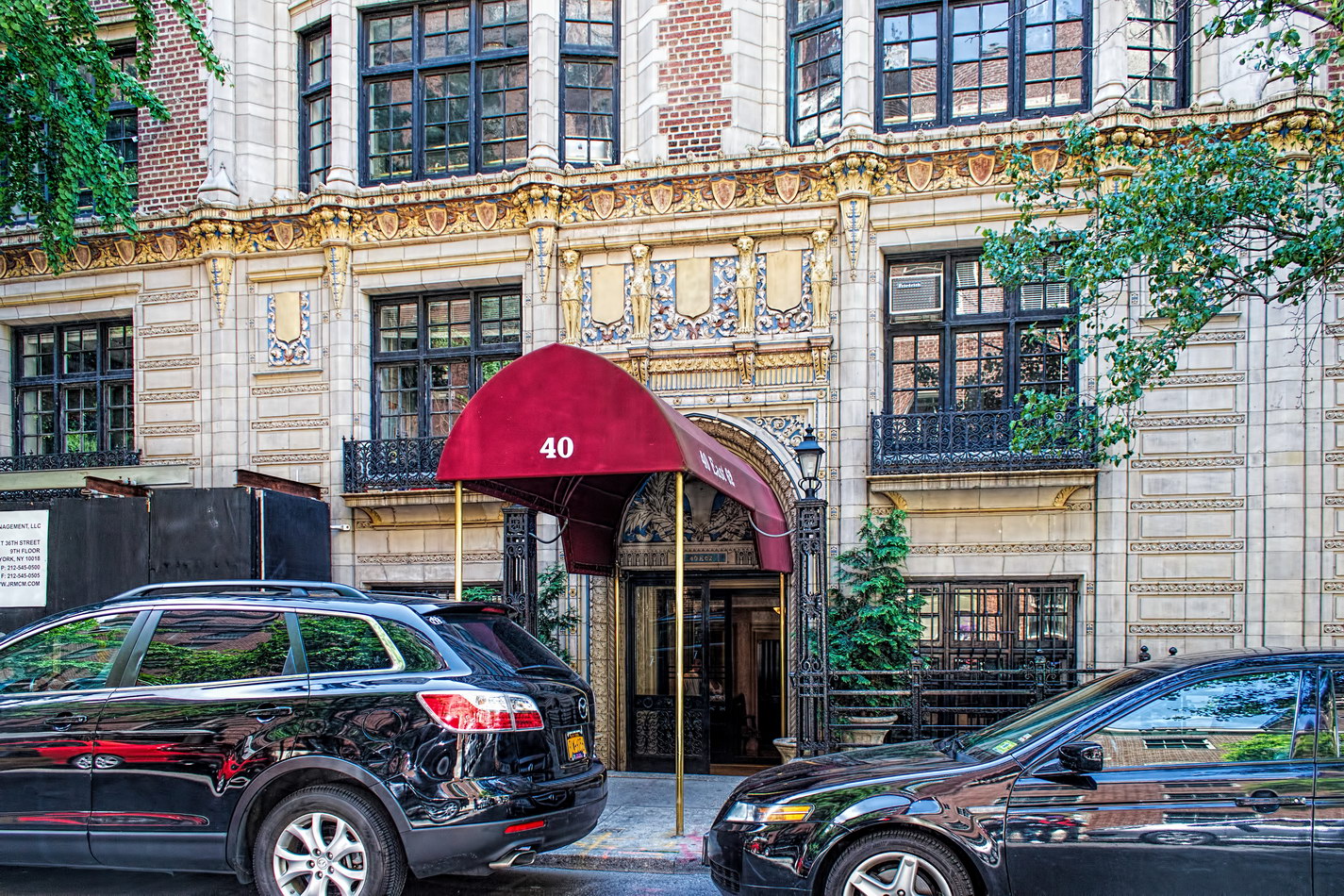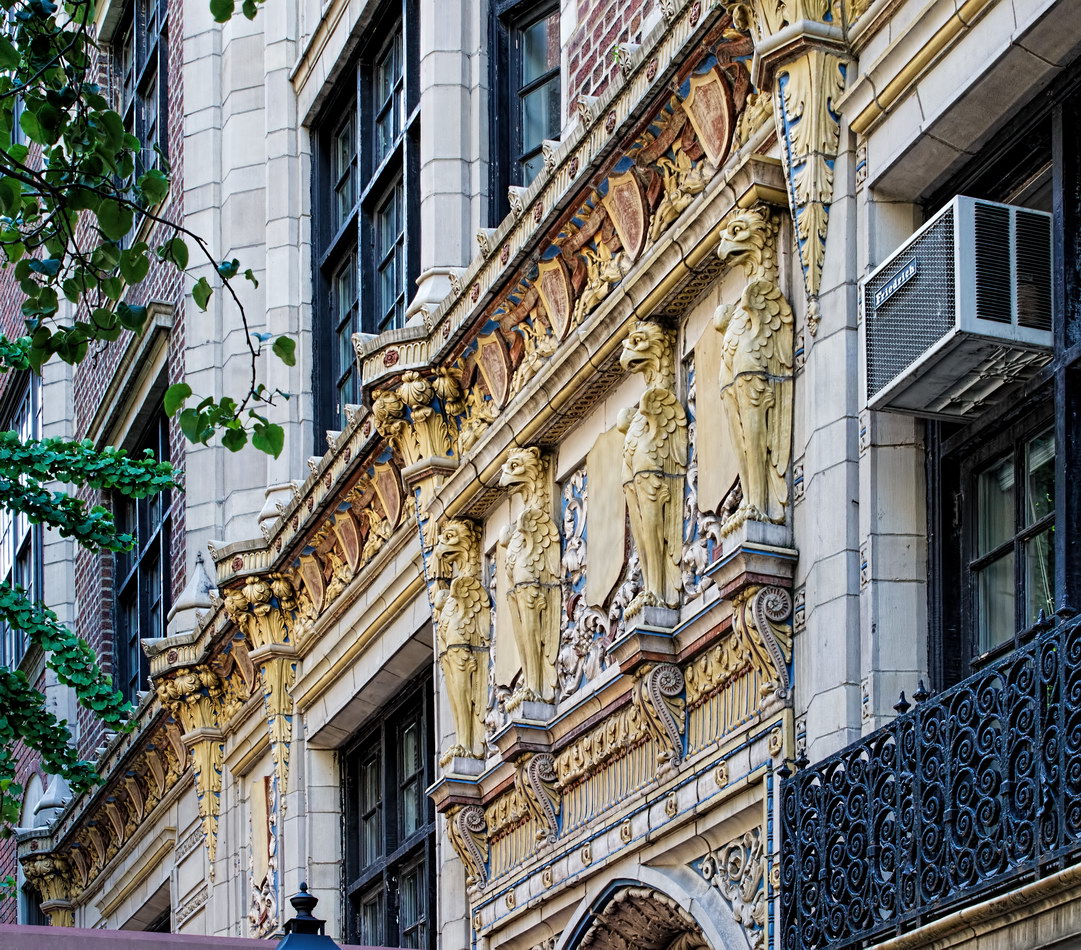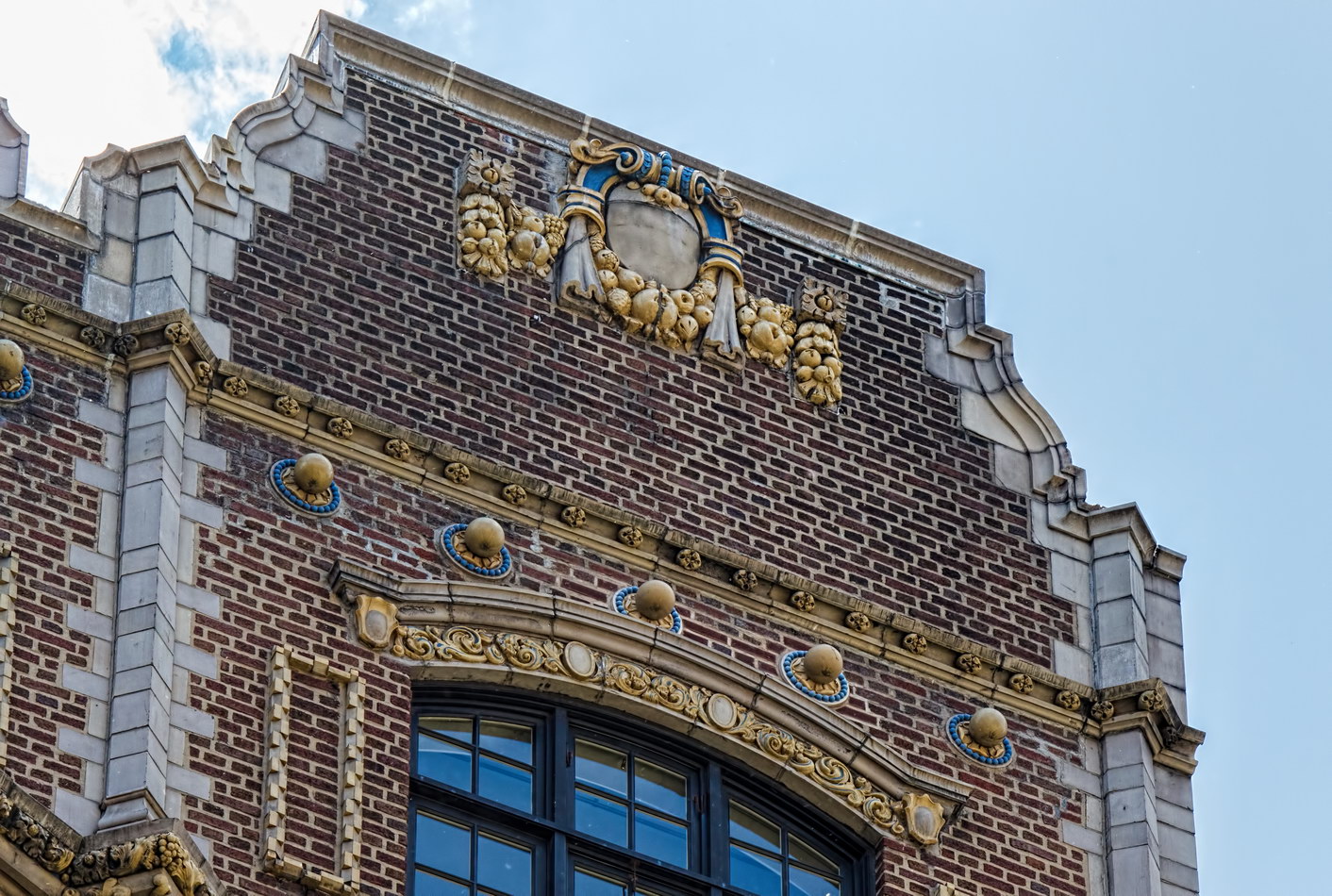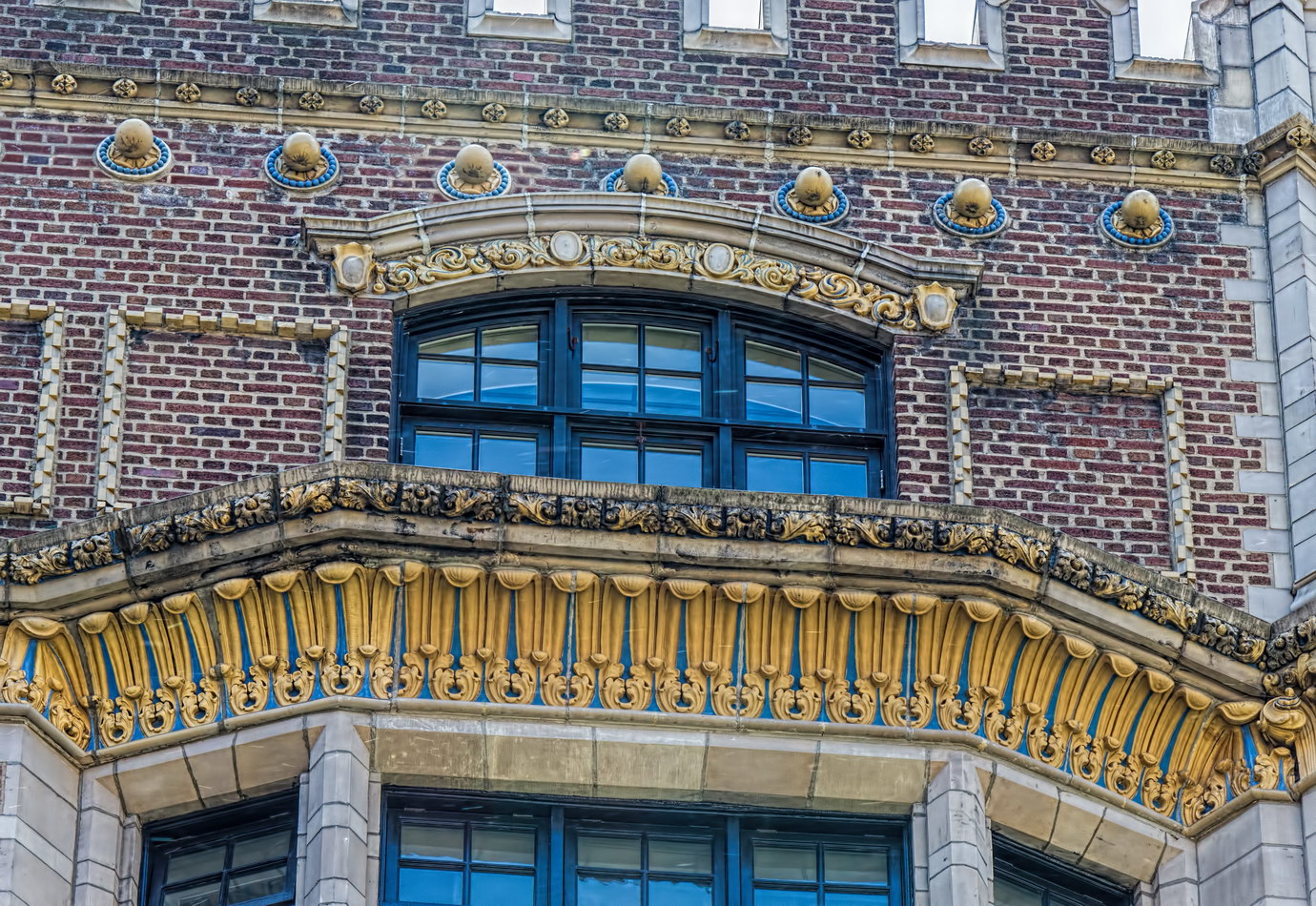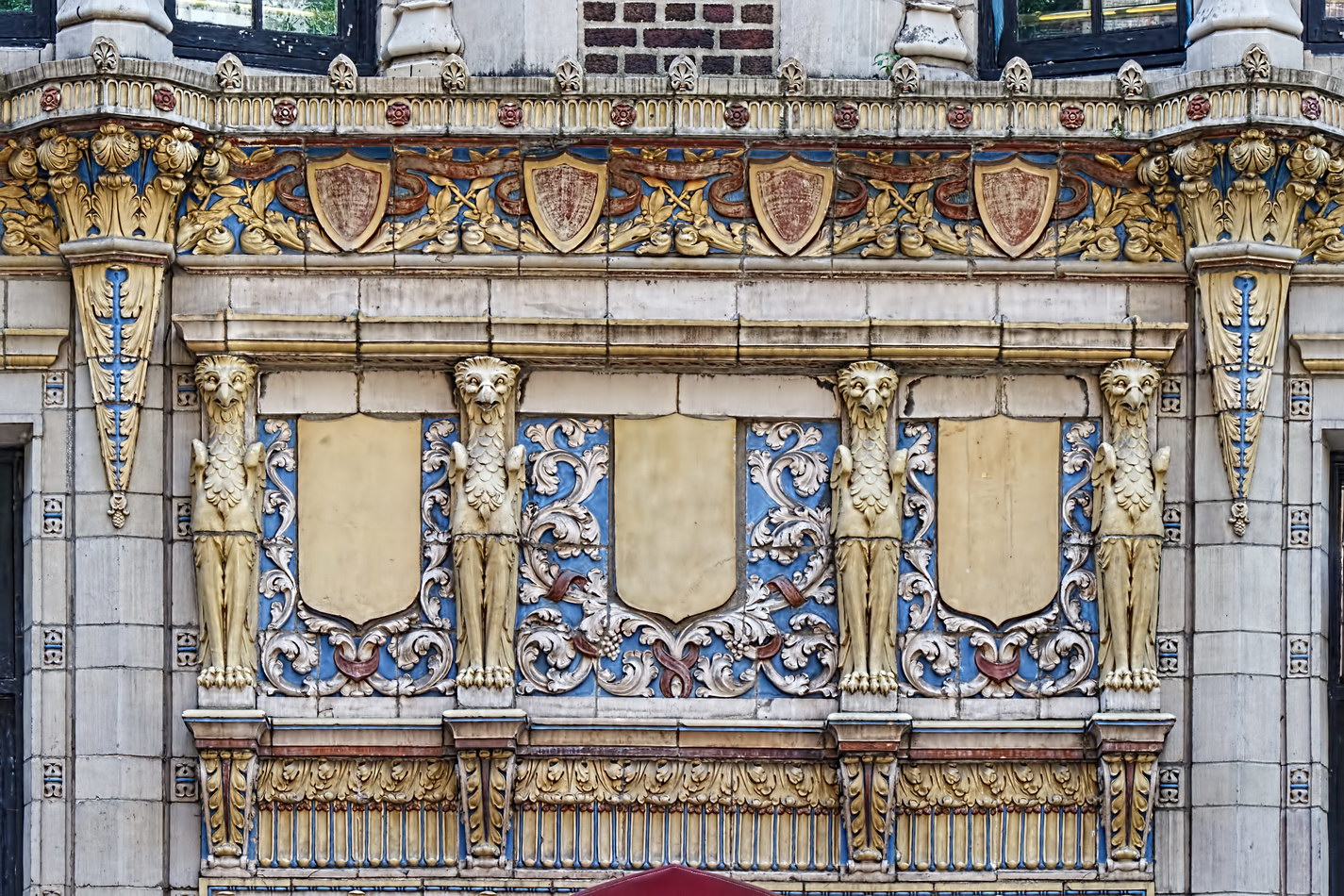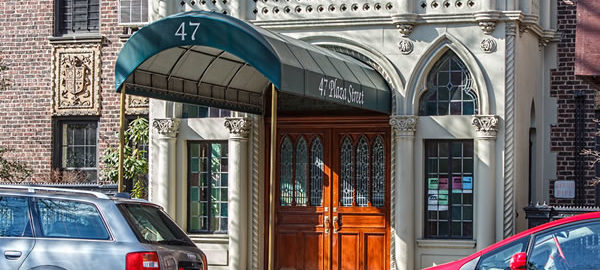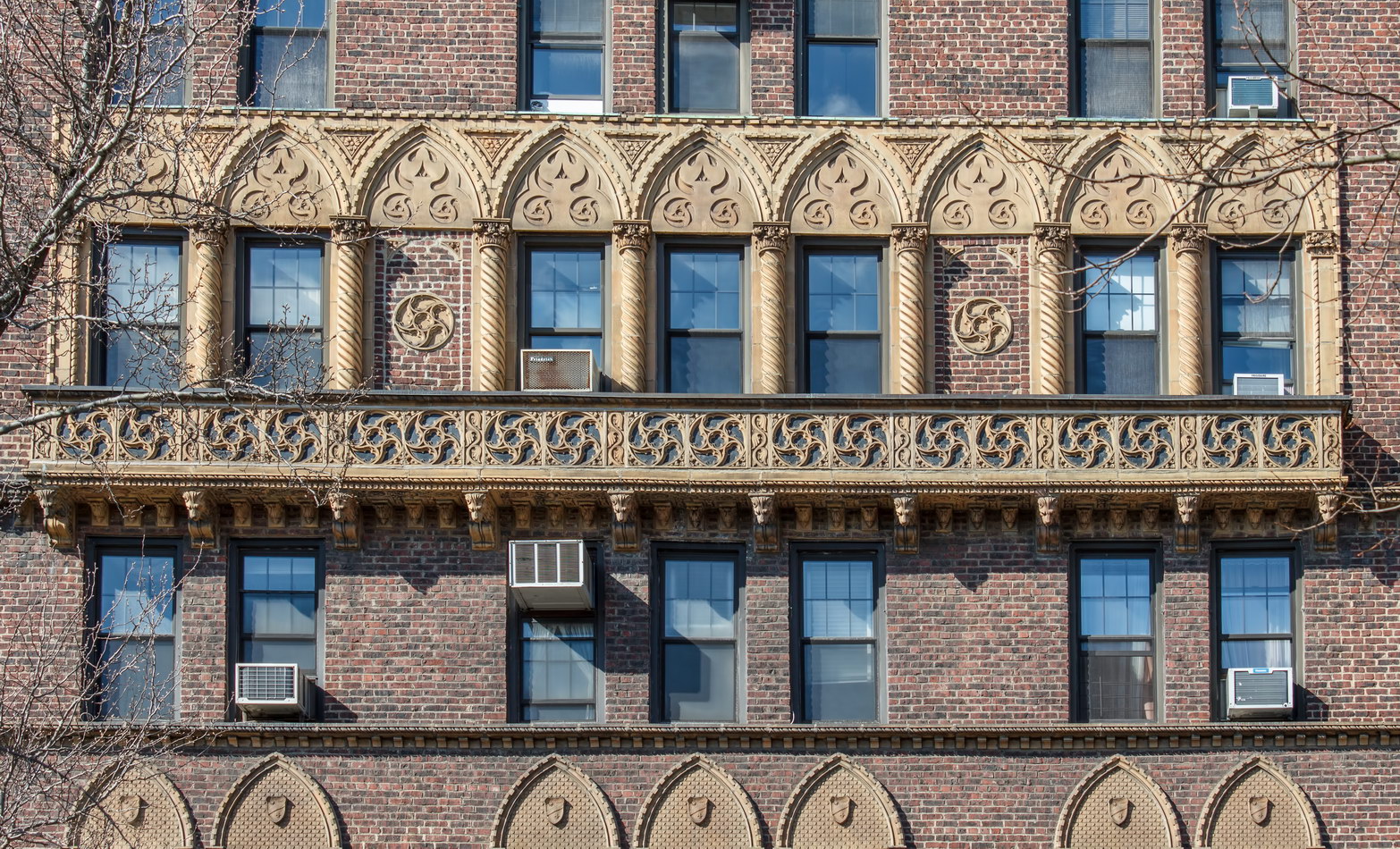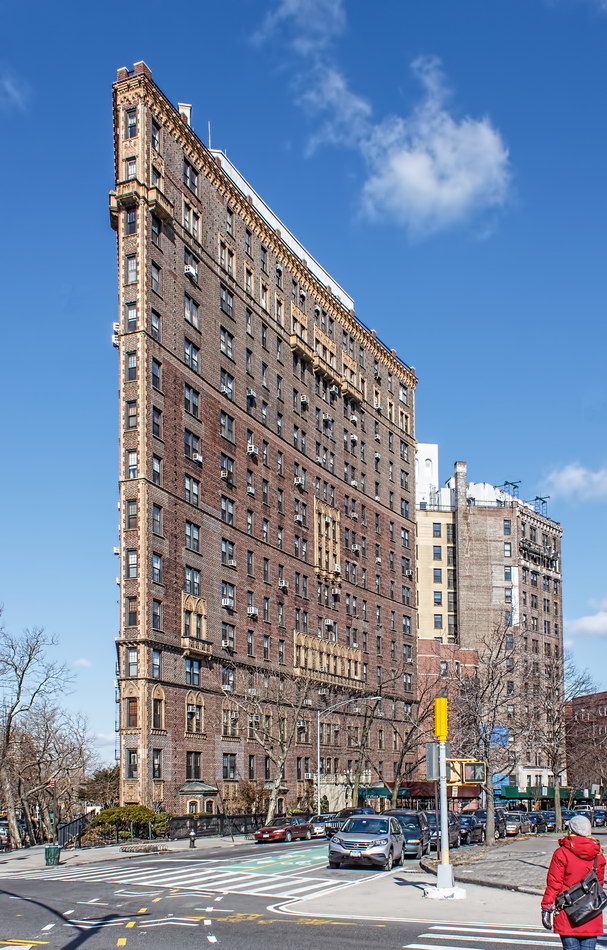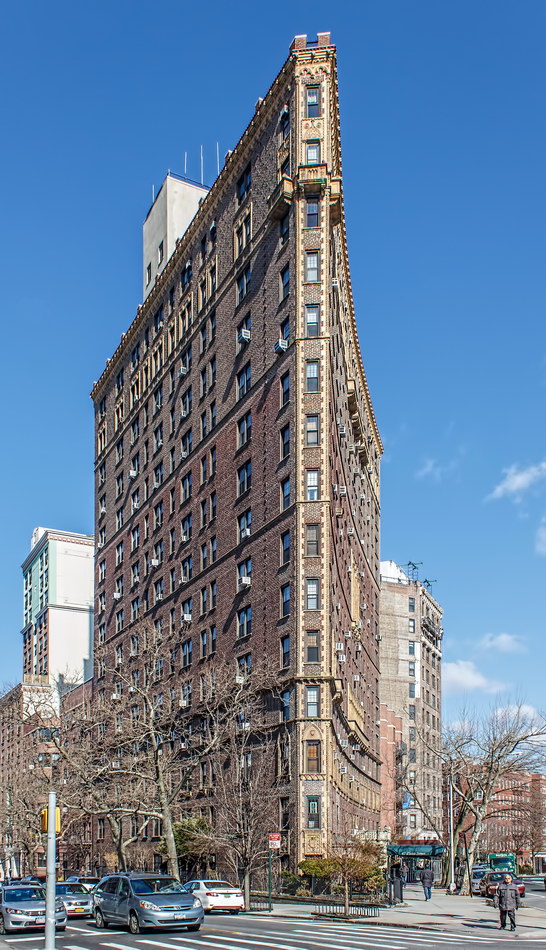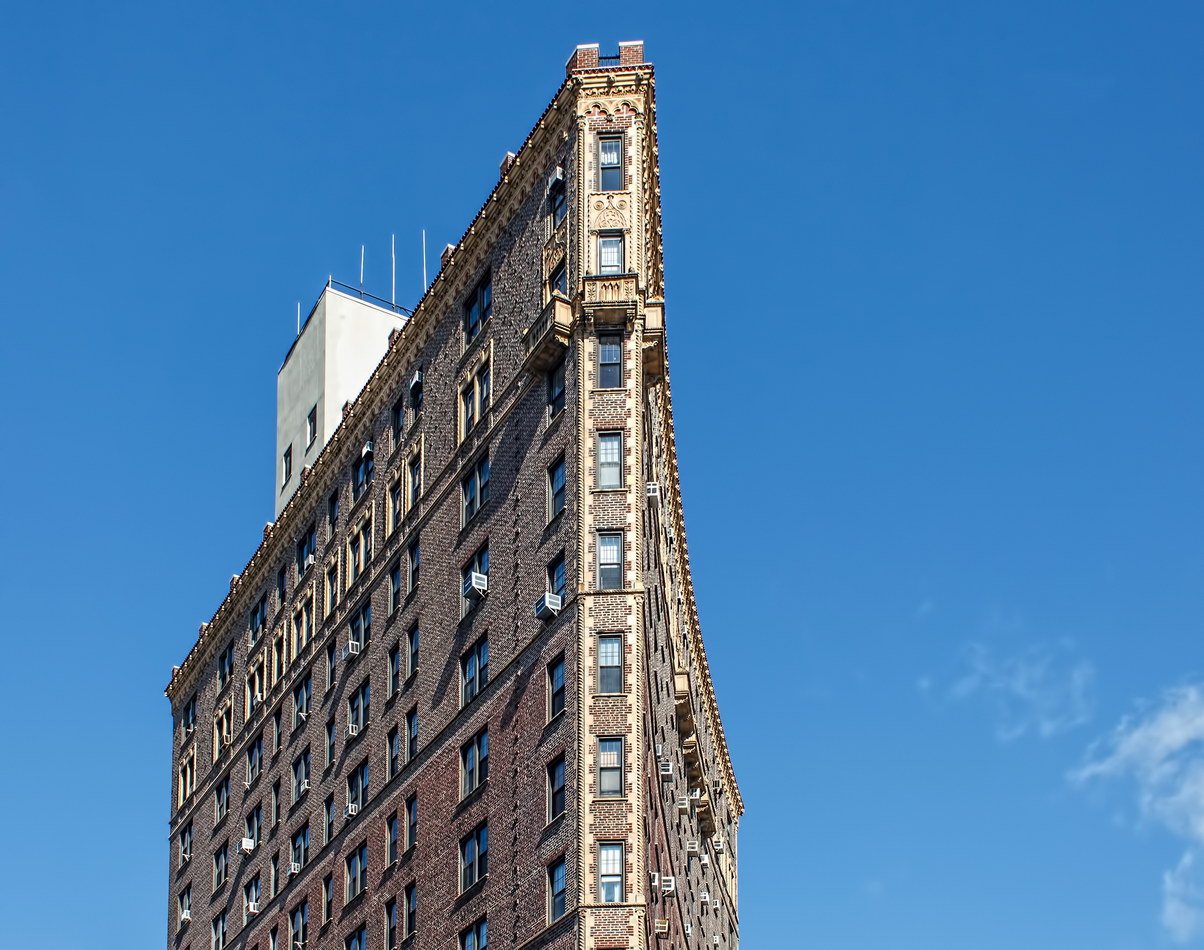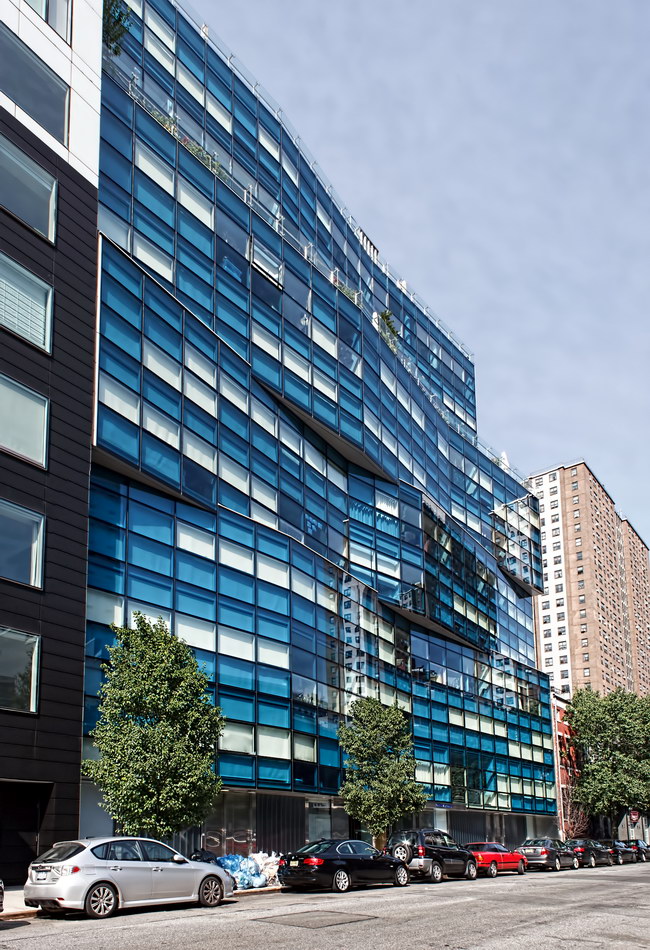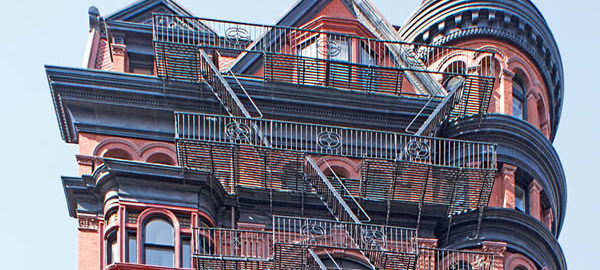Montauk Club is “an architectural treasure” of Park Slope, Brooklyn, according to the NYC Landmarks Preservation Commission. Francis H. Kimball designed the brownstone and brick building in the style of a Venetian palace, decorated on three sides in terra cotta with scenes of the Montauk Indians. (The north side of the building, adjoining a vacant lot, was left plain for possible expansion.)
The club itself still exists (see their website for details), though it now uses just the two lower floors. The upper floors have been converted to cooperative apartments – accessed through the club’s former “ladies’ entrance.” The ladies’ entrance allowed the lady of 1891 to go directly to the third floor dining room without encountering cigar smoke or other male vices.
Montauk Club Vital Statistics
- Location: 25 Eighth Avenue at Lincoln Place
- Year completed: 1891
- Architect: Francis H. Kimball
- Floors: 5
- Style: Venetian Gothic
- New York City Landmark: 1973 (part of Park Slope Historic District)
Montauk Club Recommended Reading
- Wikipedia entry
- NYC Landmarks Preservation Commission designation report
- The New York Times Streetscapes column (1996)
- Forgotten New York blog
- Brooklyn Today article
- Brooklyn House Love blog
- Archiseek listing
- Montauk Club website






